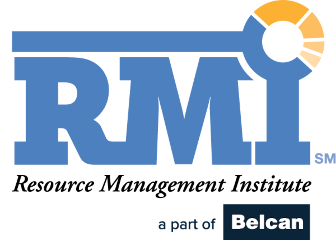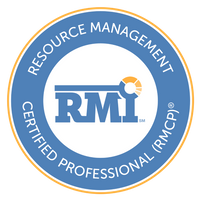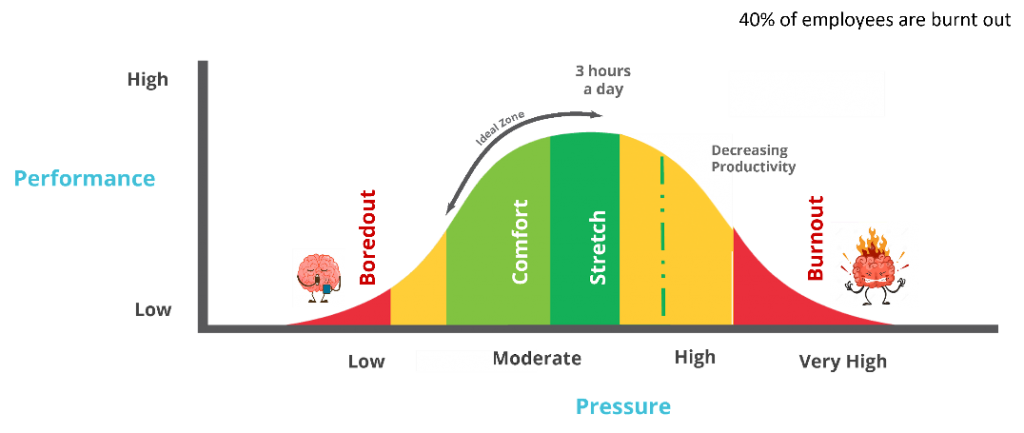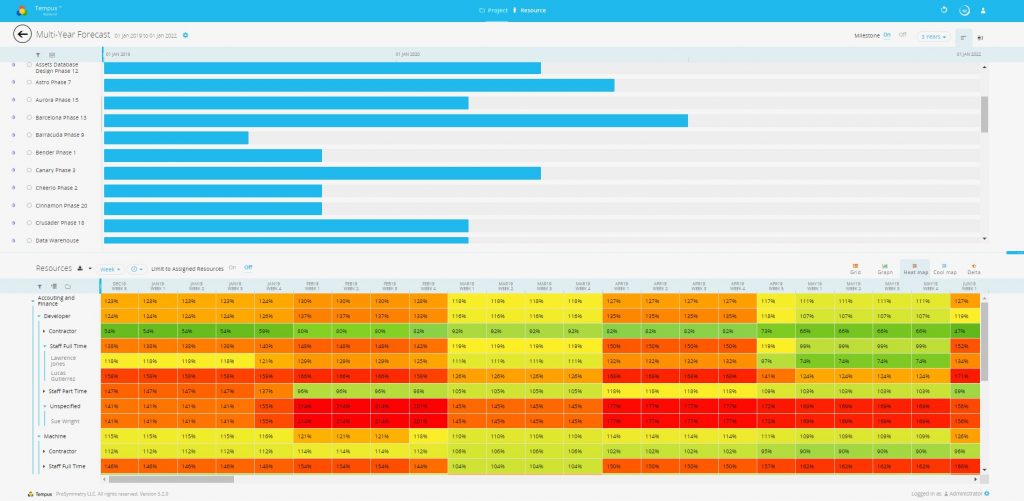Today the most common tool for managing project resources is Excel. The problem is Excel doesn’t scale, and it’s time-consuming and painful to maintain. It also isn’t flexible enough to help companies manage their strategic imperatives for the next decade.
The disruption caused by Covid-19 has effectively pulled back the “rug,” covering some long-standing problems in the workplace. Employees are disengaged, resignations are up, and strategic goals rarely get fully executed.
Luckily, this problem will not be as difficult to solve as so many pundits keep suggesting. The solution to the problem requires a little technology and a change in work practices. To deal with change and disruption, organizations already have the most flexible and innovative resource money can buy, their employees. People do the work that a completed project requires. People create innovation, and people work hard to understand and delight their customers. The question then is how organizations can turn the situation around and re-engage with the people who work for them.
Surprisingly enough, the solution does not rest in better HR practices, though we’d never discourage anyone from doing those as well. The real key lies in acknowledging that human beings enjoy fulfilling work and are willing to put up with a limited amount of routine work in order to have the opportunity to do the work they are good at.
What does that mean for the workplace? It means the solution lies in matching people to work and giving them enough authority to decide how best to accomplish that work. To do this, we need to change the status quo. We can do this by adopting a new mental model that respects how the human brain works and acknowledges that there are physical limits to our ability to do hard thinking all day.
According to the book Deep Work, the brain can only sustain about 3 hours of deep thinking a day before concentration diminishes. It also turns out the deep thinking isn’t a sporadic process. Those elusive insights that seem to be almost right at the tips of our mental finger tips require hours rather than minutes to be coaxed into full consciousness.
To nurture creativity and innovation, we need to stop fragmenting people’s day. Figure 1 below shows a rough approximation of how the brain works. Too little intellectual engagement with our work, and we are bored. Too much, and we become stressed and ultimately burnt out.
In very small organizations, it’s possible to reconfigure the workday by working with each staff member individually. For larger companies, some technology will be required to handle the scale. The problem for most companies is that in the past, the software vendors offered to do this type of resource planning were expensive, hard to use, and had far fewer features than the vendor originally implied.
Today resource management software has come a long way. While the promise of one button staffing still isn’t a reality, today, it’s easier to see when you are making a mistake (by starting too many projects too soon) and to fix it using a heat map (see figure 2).
Heatmaps are wonderful tools, but a heatmap alone won’t solve the problem. It turns out that too many concurrent assignments are as bad or even worse than too many hours of work.
Task switching is mentally expensive. Too many switches in one day can eliminate the ability to do any deep work. It can make even average assignments take approximately 30% longer than the initial estimate to complete. It also burns people out to a far greater extent than long hours on a single project. Today resource management systems can report simple metrics about the number of individuals with concurrent assignments, which can then be translated into what one research firm called the “productivity lag” impact on when a project will eventually be done.
If things are this bad, why haven’t organizations already fixed the problem? After all, resource capacity planning software is widely available now, even if it wasn’t in the past. We believe the answer is that no one wants to accept the neurological evidence that the brain has limits and that people have limits as well.
As individuals, we know that when we scatter our efforts on trying to do too many things at once, we aren’t effective, and yet that personal insight, which we all share, is ignored and denied by our workplace. If common sense needs to be checked at the workplace door, then maybe, as the great resignation has shown, it’s time to try something else, including self-employment.
Luckily, we believe that if companies start signaling that they listen to employees and take substantive action to fix over-commitments, some of the tension will lessen. If companies take the next step and stop the fragmentation of work, performance will improve, and organizations should begin to see a 20 to 30 percent improvement in completed work.
Yes, the ultimate solution will take more than software. It will take sequencing strategic work so that there aren’t more projects in flight than people to work on them. Yes, it will require assigning people to projects rather than just tasks to increase people’s satisfaction from their work. It will also require allowing employees to choose which projects they want to work on and which skills they want to develop for the future.
Bottom line, the present isn’t a happy place for either companies or employees. Still, change is not only possible, but in the final analysis, we believe this will be one investment that pays for itself in terms of increased productivity and increased employee engagement.
Donna Fitzgerald first discovered the wonders of resource management when she was assigned to help productize the home-grown resource management system at Oracle. Having once been Silicon Valley CFO as well as a program manager she immediately recognized that RM was the key to getting strategy executed. As an ex-Gartner analyst her research has also led her to believe that good RM is the key to keeping employees healthy, happy and engaged at work.







